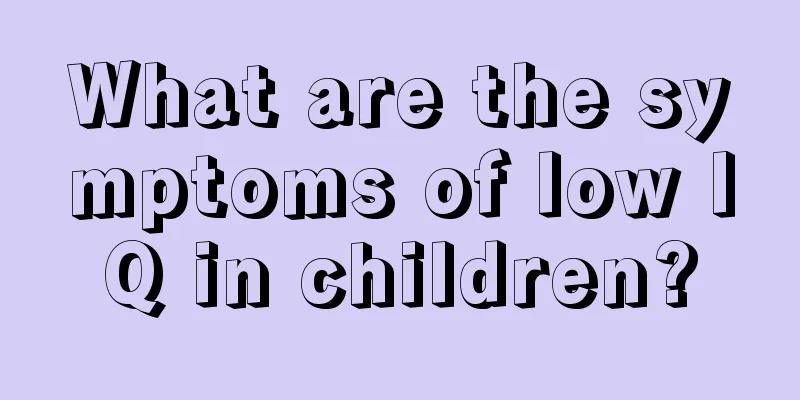What are the developmental indicators of a 36-month-old baby?

|
As we all know, babies already know how to walk and run when they are 3 years old. Many parents are afraid that their babies cannot keep up with other children in development, and even suspect that their babies have diseases that lead to developmental delays. In fact, parents do not need to worry too much about their babies' development. Parents can learn some knowledge about baby development. Below we introduce the development indicators of babies at 36 months. A 3-year-old baby can already stand in a column with other children, and can follow commands to do actions such as stand at attention, step, and align. He can also use a pen to add missing parts of an unfinished person in a circle, such as eyes, mouth, and nose. The baby can use language independently and play "house" with other children. Growth indicators: Boys: weight 11.3-18.3kg, height 88.7-103.5cm, head circumference 42.9cm, chest circumference 42.8cm. Girls: weight 10.8-18.1kg, height 87.4-102.7cm, head circumference 42.9cm, chest circumference 42.8cm. Languages: 1. Basic mastery of native language oral dialogue. A 3-year-old child has basically mastered the spoken expression of his or her mother tongue. 2. Situational language. Only by combining it with the current situation and supplementing it with gestures and expressions can a relatively complete meaning be expressed and it is possible for adults to understand the children's thoughts. Athletic ability: 1. The baby can walk, run, jump, stand, squat, sit, touch, crawl, roll, climb, jump and cross obstacles. 2. The baby can already bounce, catch and roll the ball, and can catch a ball thrown from 2 meters away. 3. It takes a little more concentration to stand on tiptoe or on one foot for more than one second. There are still big differences in the development of boys and girls. There are differences in height, weight, and intelligence. However, as long as the baby can eat normally and does not have some abnormal behavior, being shorter or thinner will not have much impact. It is recommended to have a physical examination for the child every 3 months so that you can fully understand the trace elements that the baby lacks. |
<<: Causes of nasal congestion and phlegm in newborns
>>: Causes and symptoms of neurogenic urinary frequency in children
Recommend
Is encephalitis serious in children?
Meningitis is a very serious disease in children,...
Pimples on baby's face
Babies' skin is generally delicate, so they a...
What toothbrush should I use for a 1.5 year old baby?
Some parents pay great attention to oral hygiene,...
White spots on the upper teeth of newborns
Experts say that the white spots on the upper tee...
What should I do if my child’s mouth turns red due to inflammation?
Children are very prone to getting angry. Many or...
Will babies be allergic to taro?
Taro is a common food in people's daily life....
What are the top 10 reasons why babies cry at night?
Crying is the main way for babies to communicate,...
What should I do if my child has a fever for a day and a night?
If a child has a fever for a day and a night, it ...
Supplementary food to promote baby's digestion
Babies can be given complementary foods after 7 m...
6 month old baby vomits after eating rice cereal
We know that 6-month-old babies need to add a cer...
What to do if your child has heavy teeth
Children will start to change their teeth when th...
Why doesn't the baby eat?
One of the most troublesome problems is the child...
What to do if your four-month-old baby has bronchitis and cough
Due to the fragility of children's bodies, pa...
What are the standards for infant intelligence development?
Babies are angels in the eyes of every parent. Si...
What causes a child's heart to beat too fast?
There are many common problems among children. In...









